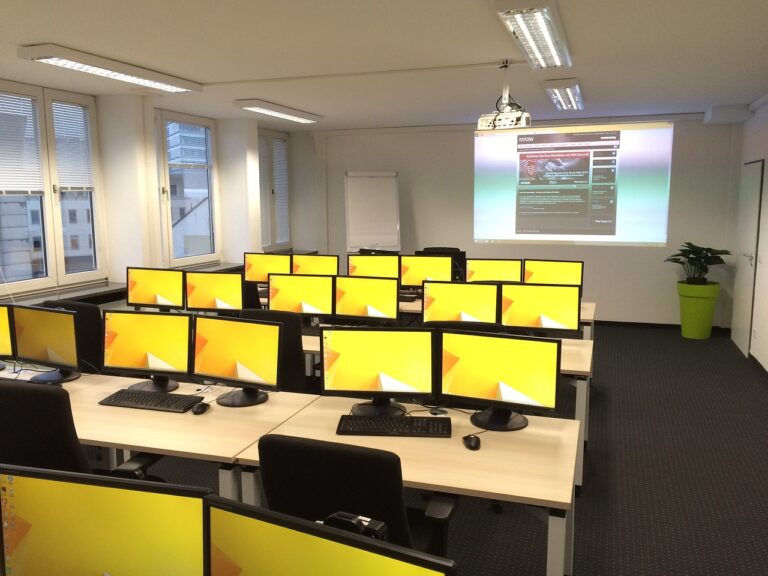Leveraging Educational Technology for Special Needs Students
Special needs students often encounter obstacles in traditional education settings. One of the primary challenges is the lack of individualized instruction tailored to their unique learning needs. In a traditional classroom, teachers may struggle to provide the level of support and accommodations necessary for these students to thrive academically.
Additionally, special needs students may face social challenges, such as bullying or isolation, in traditional education settings. These students may struggle to build meaningful relationships with their peers or may feel misunderstood by their classmates. The social and emotional well-being of special needs students can be greatly impacted by the lack of inclusion and understanding in traditional school environments.
Benefits of Using Educational Technology for Special Needs Students
Educational technology offers a wide range of advantages for special needs students in traditional educational settings. One of the key benefits is the ability to personalize learning experiences to cater to the unique needs and abilities of each student. Through adaptive technology and interactive learning platforms, educators can create individualized lesson plans to support students at their own pace.
Furthermore, educational technology provides diverse tools and resources that can enhance communication and comprehension skills for special needs students. For example, assistive technology such as speech-to-text programs or graphic organizers can assist students with language or organizational challenges. These resources not only support academic development but also help in fostering independence and confidence in their learning journey.
What are some common challenges faced by special needs students in traditional education settings?
Some common challenges include limited resources for individualized instruction, difficulty in keeping up with the pace of the class, and a lack of accommodations for their specific needs.
How can educational technology help special needs students overcome these challenges?
Educational technology can provide personalized learning experiences, interactive activities, and tools for communication and expression, making it easier for special needs students to learn at their own pace and in a way that suits their unique needs.
Are there specific types of educational technology that are particularly beneficial for special needs students?
Yes, there are a variety of tools and software designed specifically for special needs students, such as text-to-speech programs, interactive learning games, and communication devices that can help them thrive in an educational setting.
Can educational technology replace the need for specialized support for special needs students?
While educational technology can be a valuable tool for supporting special needs students, it is not a replacement for specialized support from teachers, therapists, and other professionals who can provide individualized care and interventions.
How can educators ensure that educational technology is effectively meeting the needs of special needs students?
Educators should regularly assess the progress and engagement of special needs students using educational technology, seek feedback from students and parents, and make adjustments as needed to ensure that the technology is truly benefiting the students.





